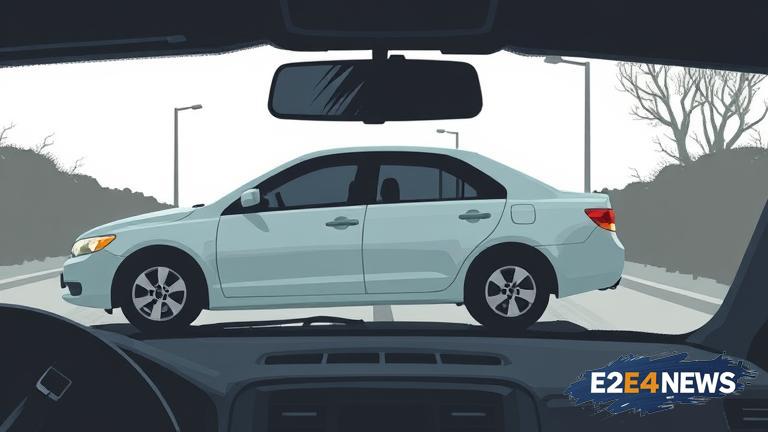The state of Minnesota recently introduced a new carjacking statute aimed at combating the rising tide of violent car thefts. However, Hennepin County, which includes the city of Minneapolis, has been slow to utilize this new law. This has led to criticism from law enforcement officials and community leaders, who argue that the county’s failure to use the statute is undermining efforts to keep the public safe. Carjacking, which involves the theft of a vehicle by force or intimidation, has become an increasingly common crime in Minnesota. The new statute, which was enacted in response to this trend, provides law enforcement with additional tools to prosecute carjacking cases. Despite this, Hennepin County has continued to rely on existing laws, such as robbery and theft statutes, to prosecute carjacking cases. This approach has been criticized for being inadequate, as it does not fully capture the severity of the crime. The failure to use the new statute has also been attributed to a lack of training and resources for law enforcement officials. As a result, many carjacking cases in Hennepin County are not being prosecuted to the full extent of the law. This has led to concerns about the effectiveness of the justice system and the ability of law enforcement to keep the public safe. The issue has also sparked debate about the need for additional resources and support for law enforcement officials. Some have argued that the county needs to provide more training and funding for law enforcement agencies to effectively combat carjacking. Others have suggested that the county should establish a specialized task force to focus on carjacking cases. The carjacking epidemic has had a significant impact on communities across Minnesota, with many residents feeling vulnerable and fearful. The lack of action from Hennepin County has only added to these concerns, with many calling for greater accountability and action from law enforcement officials. In response to the criticism, Hennepin County officials have argued that they are working to address the issue, but that it is a complex problem that requires a multifaceted approach. They have also pointed to the need for greater cooperation and collaboration between law enforcement agencies and community organizations. However, many remain skeptical, arguing that the county’s response has been inadequate and that more needs to be done to address the carjacking crisis. The issue has also raised questions about the role of the justice system in addressing violent crime. Some have argued that the system is too lenient and that more needs to be done to hold offenders accountable. Others have suggested that the system is too focused on punishment, rather than rehabilitation and prevention. As the debate continues, one thing is clear: the carjacking epidemic in Minnesota requires a comprehensive and coordinated response. This includes not only the use of the new statute, but also additional resources and support for law enforcement officials, as well as community-based initiatives to prevent and address the root causes of the crime. The people of Minnesota deserve to feel safe and secure, and it is the responsibility of law enforcement officials and community leaders to work together to make this a reality. The failure to address the carjacking crisis has significant implications for public safety and the well-being of communities across the state. It is imperative that Hennepin County and other law enforcement agencies take immediate action to utilize the new statute and address the carjacking epidemic. This includes providing additional training and resources for law enforcement officials, as well as establishing specialized task forces to focus on carjacking cases. By working together, we can create safer and more secure communities for all Minnesotans. The carjacking crisis is a complex issue that requires a comprehensive and multifaceted approach. It is not just a matter of law enforcement, but also of community engagement, prevention, and rehabilitation. By addressing the root causes of the crime and providing support for victims and their families, we can work towards a safer and more just society. The introduction of the new carjacking statute is an important step in the right direction, but it is only the beginning. It is now up to law enforcement officials, community leaders, and policymakers to work together to ensure that the statute is used effectively and that the carjacking epidemic is brought under control.
